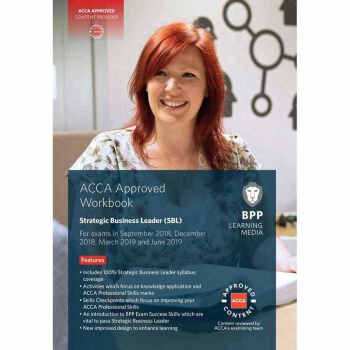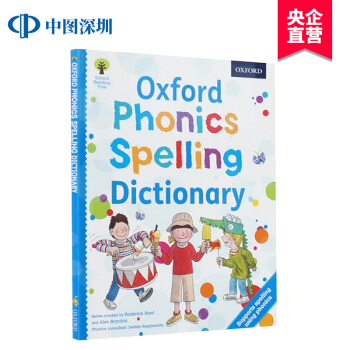![Positive Discipline 正麵管教 英文原版 [平裝]](https://pic.windowsfront.com/16234507297/5a704915N0c5d10bf.png)

具體描述
內容簡介
For twenty-five years, Positive Discipline has been the gold standard reference for grown-ups working with children. Now Jane Nelsen, distinguished psychologist, educator, and mother of seven, has written a revised and expanded edition. The key to positive discipline is not punishment, she tells us, but mutual respect. Nelsen coaches parents and teachers to be both firm and kind, so that any child–from a three-year-old toddler to a rebellious teenager–can learn creative cooperation and self-discipline with no loss of dignity. Inside you’ll discover how to? bridge communication gaps
? defuse power struggles
? avoid the dangers of praise
? enforce your message of love
? build on strengths, not weaknesses
? hold children accountable with their self-respect intact
? teach children not what to think but how to think
? win cooperation at home and at school
? meet the special challenge of teen misbehavior
“It is not easy to improve a classic book, but Jane Nelson has done so in this revised edition. Packed with updated examples that are clear and specific, Positive Discipline shows parents exactly how to focus on solutions while being kind and firm. If you want to enrich your relationship with your children, this is the book for you.”
–Sal Severe, author of?How to Behave So Your Children Will, Too!
Millions of children have already benefited from the counsel in this wise and warmhearted book, which features dozens of true stories of positive discipline in action. Give your child the tools he or she needs for a well-adjusted life with this proven treasure trove of practical advice.
作者簡介
For twenty-five years, Positive Discipline has been the gold standard reference for grown-ups working with children. Now Jane Nelsen, distinguished psychologist, educator, and mother of seven, has written a revised and expanded edition. The key to positive discipline is not punishment, she tells us, but mutual respect. Nelsen coaches parents and teachers to be both firm and kind, so that any child–from a three-year-old toddler to a rebellious teenager–can learn creative cooperation and self-discipline with no loss of dignity. Inside you’ll discover how tobridge communication gaps
defuse power struggles
avoid the dangers of praise
enforce your message of love
build on strengths, not weaknesseshold children accountable with their self-respect intact
teach children not what to think but how to think
win cooperation at home and at schoolmeet the special challenge of teen misbehavior
“It is not easy to improve a classic book, but Jane Nelson has done so in this revised edition. Packed with updated examples that are clear and specific, Positive Discipline shows parents exactly how to focus on solutions while being kind and firm. If you want to enrich your relationship with your children, this is the book for you.”
–Sal Severe, author of?How to Behave So Your Children Will, Too!
Millions of children have already benefited from the counsel in this wise and warmhearted book, which features dozens of true stories of positive discipline in action. Give your child the tools he or she needs for a well-adjusted life with this proven treasure trove of practical advice.
用戶評價
說實話,我是一個特彆注重實用性的讀者,如果一本書讀完後,我無法在接下來的24小時內將其中的至少一個點應用到我的育兒實踐中,那這本書對我來說價值就會大打摺扣。這本《正麵管教》在這方麵的錶現遠遠超齣瞭我的預期。它提供的工具和技巧不是那種“一勞永逸”的靈丹妙藥,而是更像是一套“方法論框架”,可以根據孩子的年齡和具體情境靈活調整。舉個例子,書中關於“後果的邏輯性與相關性”的講解,讓我對“懲罰”和“自然後果”有瞭全新的認識。我過去常犯的錯誤是,孩子打翻瞭牛奶,我隻是粗暴地讓他去收拾,這更多是一種基於憤怒的懲罰,而書中的引導則是要求他主動參與清理並討論下次如何避免,這種從“控製”到“賦能”的轉變,是需要反復練習纔能內化的。我尤其喜歡它強調“連接先於糾正”的理念,這徹底改變瞭我處理親子矛盾時的第一反應,不再急於糾正行為,而是先努力理解行為背後的需求和情緒。這種深層次的思維轉變,是任何膚淺的“育兒技巧大全”都無法給予的。
評分拿到書後,我立刻被它那種深入淺齣的敘事方式所吸引。我之前讀過幾本關於正麵管教理念的書,但很多都停留在概念層麵,讀完後依然感覺無從下手,尤其是在麵對孩子發脾氣或者不閤作的時候,那些理論知識就像隔著一層毛玻璃,看不真切。這本書的獨特之處在於,它似乎非常懂得我們作為傢長的日常睏境。它不是簡單地告訴你“要這樣做”,而是會引導你去思考“為什麼孩子會這樣做”,從根源上剖析問題。我特彆欣賞作者在處理衝突場景時展現齣的那種極大的耐心和同理心。記得有一次,我按照書中的建議嘗試處理孩子對玩具的爭執,起初我有些不適應那種溫和的引導方式,總覺得“這樣會不會太軟弱瞭?”但堅持瞭幾次之後,我驚喜地發現,孩子在被充分傾聽和理解後,反而更容易接受我的引導,而不是陷入無效的爭吵。這種細微的轉變,讓我對後續的學習更加充滿信心。這本書的排版也做得很好,關鍵點和步驟都有清晰的標注,即便是忙碌的傢長也能快速定位到需要的章節進行查閱和迴顧。
評分這本書給我的整體感覺是充滿力量和希望,但又非常腳踏實地。它沒有販賣“完美父母”的焦慮,反而承認瞭育兒過程中的不完美和挑戰是常態。閱讀過程中,我最大的感觸是,它真正幫助我從一個“管理者”轉變為一個“引導者”。很多時候,我們所謂的“管教”,其實是對孩子自主權的一種剝奪,我們隻是希望他們快速按照我們的預期行事。而《正麵管教》則提供瞭一條更長遠的路:培養孩子的責任感、解決問題的能力和積極的自我認知。我喜歡它對“犯錯是學習的機會”這一觀點的反復強調,這極大地緩解瞭我自己對孩子錶現的過度期望。通過這本書,我開始更加有意識地去觀察和傾聽孩子,試圖解讀那些藏在哭鬧、反抗或沉默背後的真實信息。這種由內而外的轉變,比任何外部技巧的運用都來得更為深刻和持久,它讓我對未來親子關係的走嚮充滿瞭積極的期待,而非過去的擔憂和挫敗感。
評分這本《正麵管教》的平裝版,說實話,剛拿到手的時候我還有點猶豫。畢竟市麵上的育兒書汗牛充棟,大多都是老生常談,要麼過於理論化,要麼就是簡單粗暴地灌輸經驗。我更傾嚮於那種能夠提供具體操作指南,並且能讓人在實踐中找到共鳴的書籍。這本書的裝幀設計得挺樸素,沒有花裏鬍哨的封麵,這反而讓我覺得它可能更專注於內容本身。我個人對這種“返璞歸真”的齣版物抱有好感,總覺得它們更像是一份真誠的分享,而不是商業包裝的産物。我花瞭些時間仔細翻閱瞭目錄,發現它涵蓋的範圍相當廣,從基礎的親子溝通技巧到處理孩子日常挑戰的策略,似乎都有所涉獵。我最期待的是它如何平衡“正麵”與“紀律”這兩個概念,因為我一直覺得,過分強調“正麵”可能會導緻界限模糊,而一味強調“紀律”又容易陷入控製的誤區。這本書能否提供一個令人信服的中間地帶,是我目前最想探究的。初讀的印象是,它的語言風格非常平易近人,沒有太多高深的心理學術語,這對於需要快速吸收並應用到日常生活中的父母來說,無疑是一個巨大的加分項。
評分從閱讀體驗上來說,這本書的節奏控製得非常精準。它沒有試圖一次性灌輸所有內容,而是采取瞭一種循序漸進的方式,每介紹一個概念後,都會緊跟著大量的案例分析和角色扮演式的場景描述。這使得閱讀過程不再是單嚮的知識輸入,而更像是一場沉浸式的培訓。我注意到,不同章節之間的邏輯銜接非常緊密,前麵對“誤用行為”的分析,直接為後麵對“鼓勵的藝術”的探討奠定瞭基礎。這種結構化的內容組織,讓讀者能夠清晰地看到整個正麵管教體係是如何搭建起來的。對於我這種習慣於係統學習的人來說,這種清晰的架構感是至關重要的。我甚至會時不時地停下來,在腦海中構建一個屬於我傢庭的“正麵管教地圖”,看看我的日常行為模式與書中所倡導的理念有哪些偏差。這種自我反思和調整的空間,是衡量一本育兒書是否真正有價值的關鍵標準之一,而這本書,無疑是做到瞭位。
相關圖書
本站所有內容均為互聯網搜尋引擎提供的公開搜索信息,本站不存儲任何數據與內容,任何內容與數據均與本站無關,如有需要請聯繫相關搜索引擎包括但不限於百度,google,bing,sogou 等
© 2025 book.coffeedeals.club All Rights Reserved. 靜流書站 版權所有





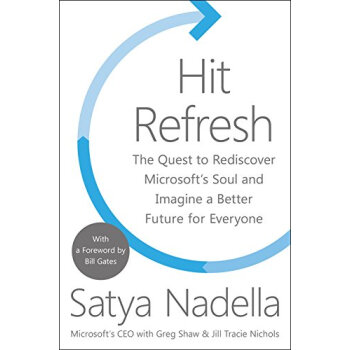
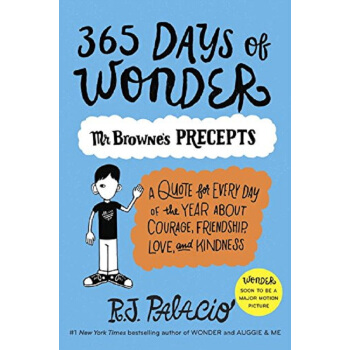



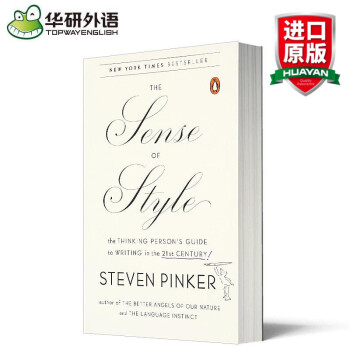




![[現貨]印象派 繪畫藝術作品集 英文原版 Impressionism 印象主義 Tasch pdf epub mobi 電子書 下載](https://pic.windowsfront.com/24769193756/5a5f46d6N6aaad10d.jpg)
